Introduction
In occupational therapy, fine motor skills are pivotal for adults striving to regain independence and improve their quality of life. While often associated with childhood development, these skills are just as crucial for adults, especially those recovering from injury, illness, or dealing with aging-related challenges. This blog post explores the significance of fine motor skills for adults, providing a comprehensive guide for occupational therapists to help their clients enhance these essential abilities.
Understanding Fine Motor Skills
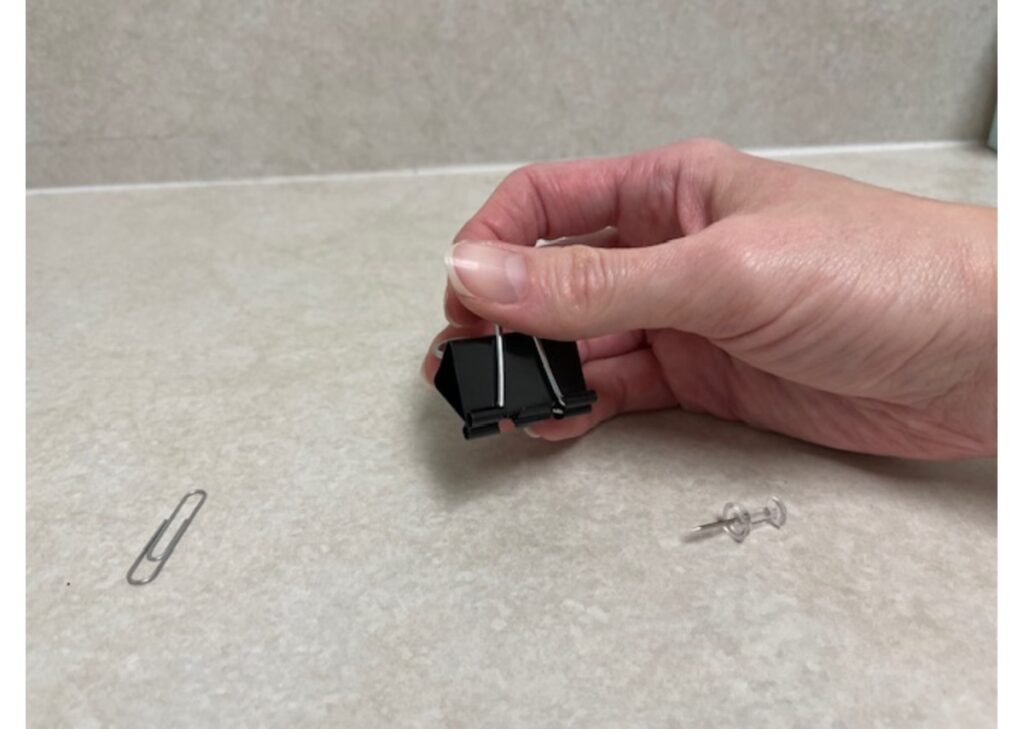
What Are Fine Motor Skills?
Fine motor skills involve the coordination of small muscles in the hands and fingers, enabling precise movements. These skills are essential for tasks that require detailed hand movements, such as writing, typing, and buttoning a shirt.
Types and Examples of Fine Motor Skills for Adults
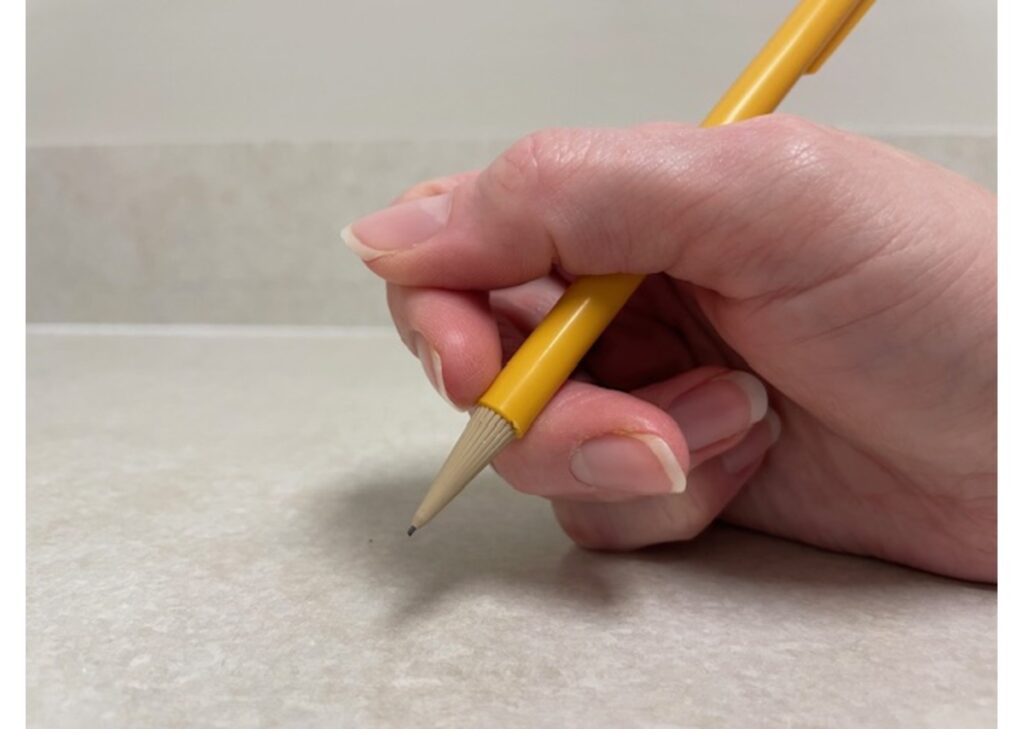
Adults rely on various fine motor skills daily, including:
- Grasping: Picking up objects of different sizes.
- Pinching: Using the thumb and forefinger to manipulate small items.
- Handwriting: Controlling a pen or pencil to write legibly.
- Tool Use: Handling utensils, scissors, or other tools with precision.
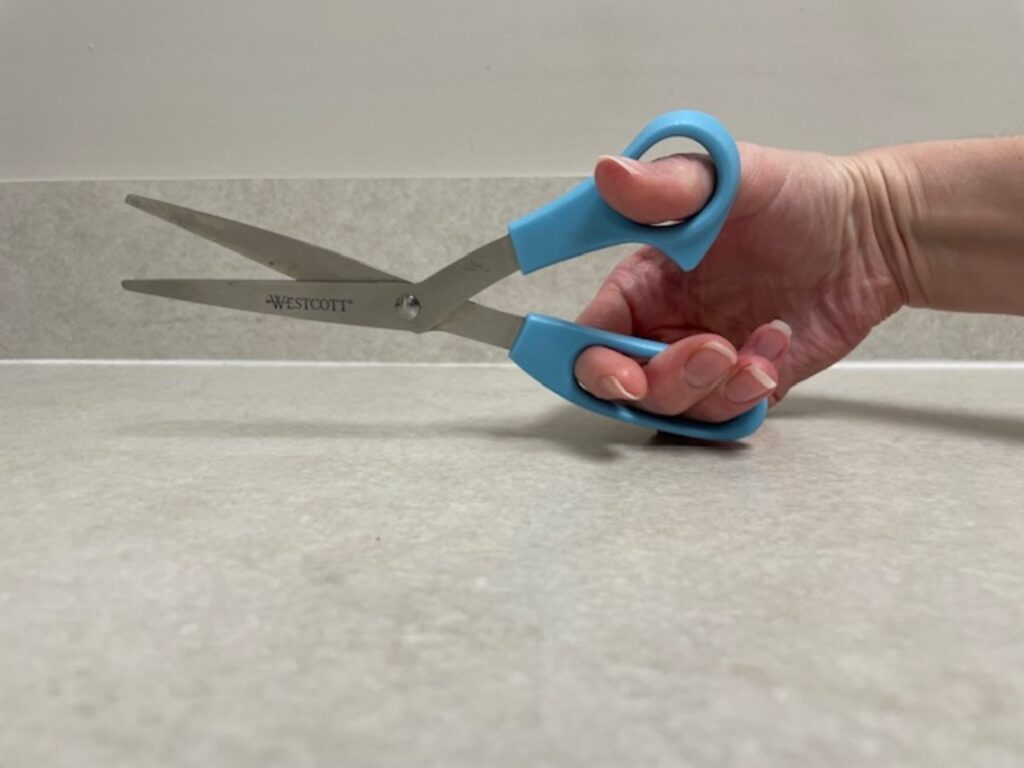
The Role of Fine Motor Skills in Daily Activities and Professional Settings
From personal care to professional tasks, fine motor skills are integral. These skills affect:
- Self-care activities: Brushing teeth, grooming, and dressing.
- Work-related tasks: Typing, using tools, and handling documents.
- Leisure activities: Crafting, playing musical instruments, and cooking.
Challenges Faced by Adults in Developing Fine Motor Skills
Common Reasons for Difficulty
Adults may struggle with fine motor skills due to various factors, such as:
- Lack of practice: Reduced use of these skills over time.
- Stress and fatigue: Impacting hand coordination and control.
- Cognitive issues: Affecting motor planning and execution.
Impact of Age, Injury, or Health Conditions
- Aging: Natural decline in dexterity and strength.
- Injury: Trauma to the hands, arms, or brain can disrupt motor functions.
- Health conditions: Arthritis, Parkinson’s, and stroke often impair fine motor skills.
Assessment and Measurement of Fine Motor Skills
Tools and Techniques for Assessment
Occupational therapists use several tools to assess fine motor skills, including:
- Functional Dexterity Test (FDT): Evaluates hand dexterity.
- Nine-Hole Peg Test: Measures finger dexterity.
- Box and Blocks Test: Assesses manual dexterity and hand function.
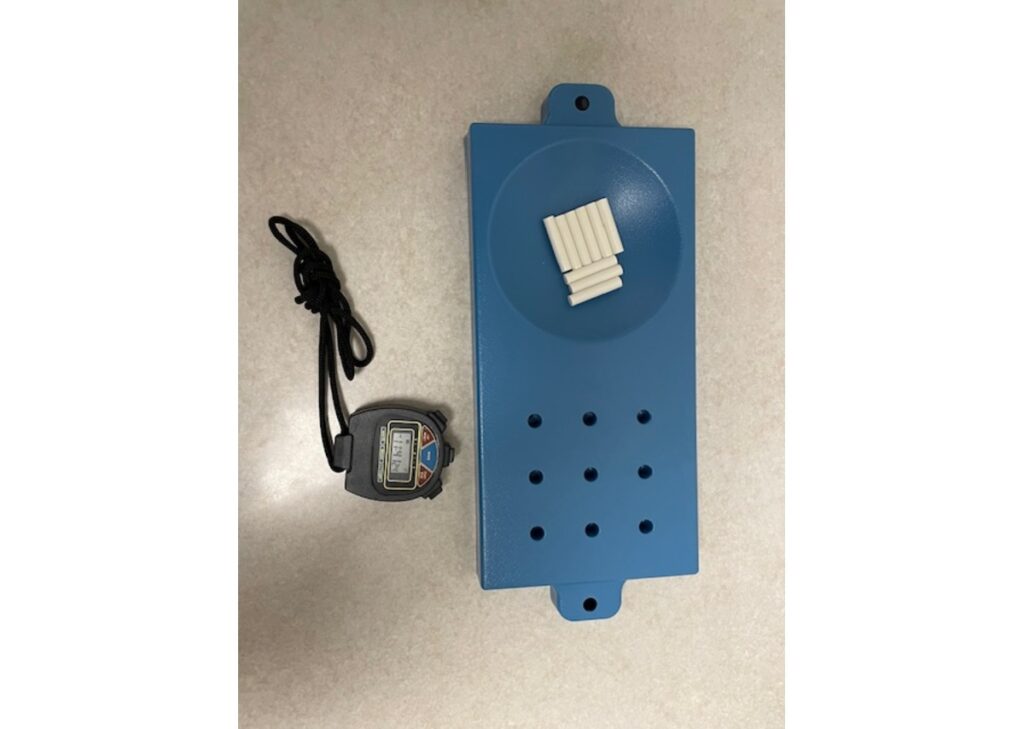
Importance of Accurate Assessment
Accurate assessment is crucial for developing effective, personalized therapy plans. It helps therapists understand the specific challenges a client faces and tailor interventions accordingly.
Strategies and Activities for Fine Motor Skill Improvement
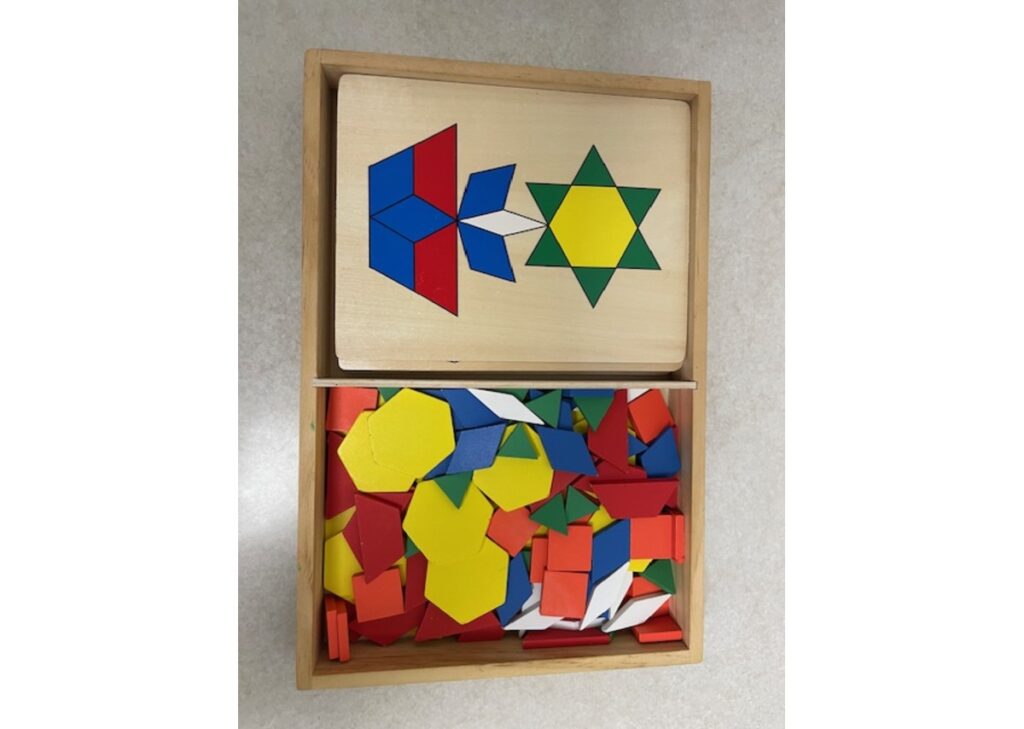
Practical Exercises and Activities
Enhancing fine motor skills involves targeted exercises, such as:
- Hand Strengthening: Squeezing stress balls or using therapy putty.
- Finger Isolation: Playing piano keys or pressing buttons.
- Coordination Drills: Stringing beads or assembling puzzles.
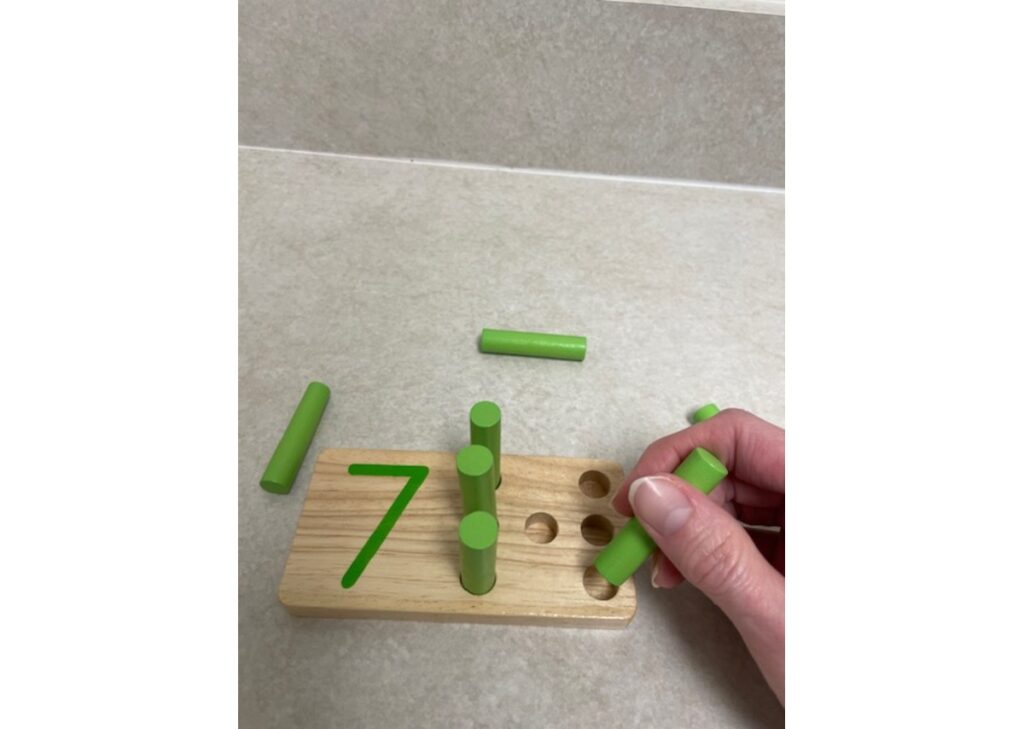
Incorporating Skill Development into Daily Routines
Therapists can integrate fine motor skill exercises into daily activities, such as:
- Cooking tasks: Chopping vegetables or stirring batter.
- Craft projects: Knitting or painting.
- Self-care routines: Buttoning shirts or tying shoelaces.
Technology and Tools for Fine Motor Skill Enhancement
Assistive Devices and Technology
Modern technology offers various tools to aid fine motor skill development, including:
- Electronic Hand Exercisers: Devices that provide resistance training.
- Virtual Reality (VR): Programs that simulate real-world tasks.
- Smart Gloves: Wearable tech that tracks and improves hand movements.
Effectiveness of Tools and Technologies
Studies show that tools like VR and smart gloves can significantly enhance fine motor skills, providing engaging and effective therapeutic options.
Example Stories
Examples of Improvement
Consider the case of Jane, a 55-year-old stroke survivor:
- Initial Assessment: Severe difficulty with hand coordination.
- Therapy Plan: Included hand exercises, VR sessions, and daily routine integration.
- Outcome: Restored ability to perform self-care tasks and improved quality of life.
Lessons Learned
These case studies emphasize the importance of personalized therapy and the potential of integrating modern technology in treatment plans.
Conclusion
Fine motor skills are vital for maintaining independence and functionality in daily life. Occupational therapists play a crucial role in assessing, developing, and enhancing these skills. By incorporating targeted exercises, using advanced tools, and learning from successful case studies, therapists can significantly impact their clients’ lives.
So keep at it and don’t give up! Your hard work will pay off in the long run as you continue to improve your fine motor skills.
The information provided on this website is for general informational purposes only. It is not intended as, nor should it be considered, professional or medical advice. Always consult a professional regarding your specific medical issue.
Frequently Asked Questions
What are some easy activities to improve fine motor skills for adults?
There are numerous activities adults can engage in to enhance their fine motor skills, including:
Origami: This intricate paper-folding art encourages precision and creativity, helping with hand control.
Gardening: Planting seeds or pruning plants requires grasping and manipulation skills, offering a practical way to build dexterity.
Board Games or Card Games: Playing these games involves shuffling cards or positioning pieces, providing casual yet effective practice.
How often should I practice these fine motor skill activities?
Consistency is key. It is recommended to practice fine motor skill activities for at least 15-20 minutes daily. Gradually increasing the difficulty level of activities can also spur further development.
Tools to Improve Fine Motor Skills
Are there any specific tools I can use at home to assist with fine motor skill enhancement?
Yes, there are several common household items that can serve as effective tools for improving fine motor skills, including:
Tweezers or Tongs: Using these can help improve grip strength and coordination.
Playdough or Clay: Manipulating these substances promotes hand strength and dexterity.
Lacing Cards: These can be simple DIY projects that involve threading a lace through holes, great for improving hand-eye coordination.
How can I motivate myself to consistently work on improving my fine motor skills?
Setting realistic and achievable goals can provide motivation. Tracking progress in a journal can also help visualize improvements over time. Joining a group or a workshop can create a sense of community and provide additional encouragement. Lastly, remember to celebrate small successes and be patient with yourself during the process. Overall, finding what works best for you and making practice a part of your daily routine can help maintain motivation
References
- American Occupational Therapy Association (2021). Fine Motor Skills Fact Sheet.
- Arntzen, J., & Karlsen, C. (2016). Effectiveness of Using Virtual Reality Technology in Stroke Rehabilitation: A Systematic Review. Journal of Neuroengineering and Rehabilitation.
- Bosticardo Gasperi, G., Forni, M., & Manente, G. (2018). Effectiveness of Occupational Therapy Interventions for Adults With Musculoskeletal Conditions of the Upper Extremity: A Systematic Review. American Journal of Occupational Therapy.
- Chen, Y., et al. (2017). Video-Games-Based Rehabilitation of Older People With Dementia. Technology and Health Care.
- Saposnik, G., et al. (2010). Virtual Reality in Stroke Rehabilitation: A Meta-Analysis and Implications for Clinicians. Stroke; a journal of cerebral circulation.
- World Federation of Occupational Therapists (2021). Definition and Philosophical Assumptions Document. World Federation of Occupational Therapists Bulletin. 71(1). pp. 3-5.
Recently Featured OT Insider Posts
Gait Belt Techniques for Occupational Therapy
SBA (Stand-by Assist) in Occupational Therapy for Patient Care
Understanding the HOB Medical Abbreviation in Patient Care
Navigating Multiple Sclerosis (MS) with Occupational Therapy
CABG Care for OT Professionals
Sternal Precautions for Cardiac Patients Post-CABG in OT
Spinal Precautions: Essential Guidelines for Occupational Therapy
